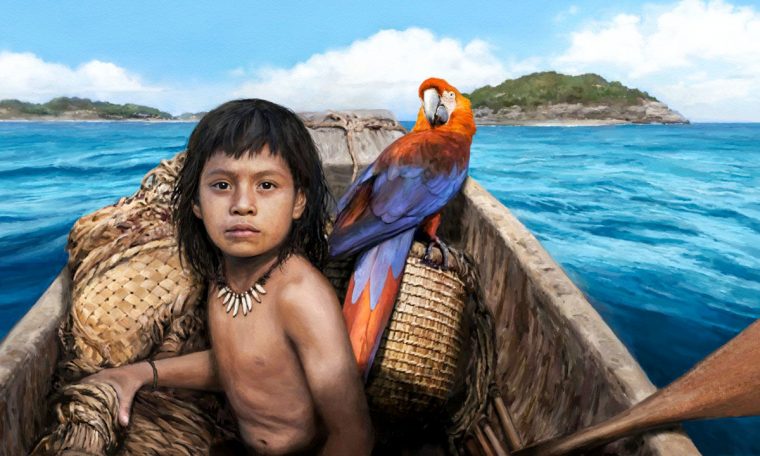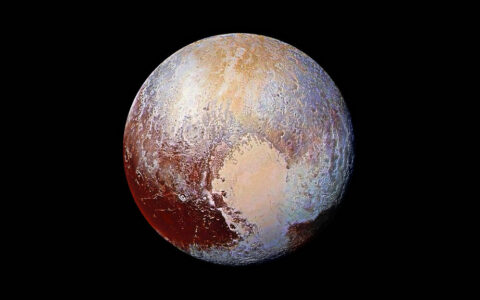
Since the migration from Siberia to Alaska, there are only 250 native inhabitants left. A DNA sequencing study revealed that 250 Native Americans are the exact number of those who share the ancient genomes with the first group that managed to populate North America. Besides, these recent studies revealed the genetic diversity of the ancient humans who first inhabited the Americas.
Small groups of hunters and gatherers traveled from Canada to Argentina
Back then, primitive humans managed to cross the Bering Strait, embarking themselves on a long journey started from what we now know as Russia.
According to the official theories, the first settlers began to impregnate their footprints in the Americas 14,000 years ago, as fossils of Native Americans even older than the Great Pyramids of Egypt have been unearthed in 2017.
Millions of years after the emergence of the first primitive men, it is known that people formed groups. In these groups, there were hunters and gatherers who traveled to the rest of the Americas, even so far as from Canada to Argentina. Eventually, there were about 40 million inhabitants.
DNA sequencing of the ancient genomes studies revealed the genetic diversity of the ancient humans who first inhabited the Americas
Seeing people who “went from being a few hundred firstcomers to nearly 40 million people in America, who eventually lived under different environmental (weather) conditions to which they adapted, it’s very exciting,” said Michael Crawford, Professor of Anthropology at the University of Kansas.
A DNA sequencing of some remnants of ancient genomes showed the genetic diversity of the first inhabitants of the Americas. Thus, by analyzing 9 groups of DNA from different regions, the descendants of ancient humans who inhabited Americas resemble the genetic characteristics of citizens of China, 10 groups of Siberians, as well as other 10 Native American groups, out of a total of more than 15,000 years of analysis in 100 million generation models.




